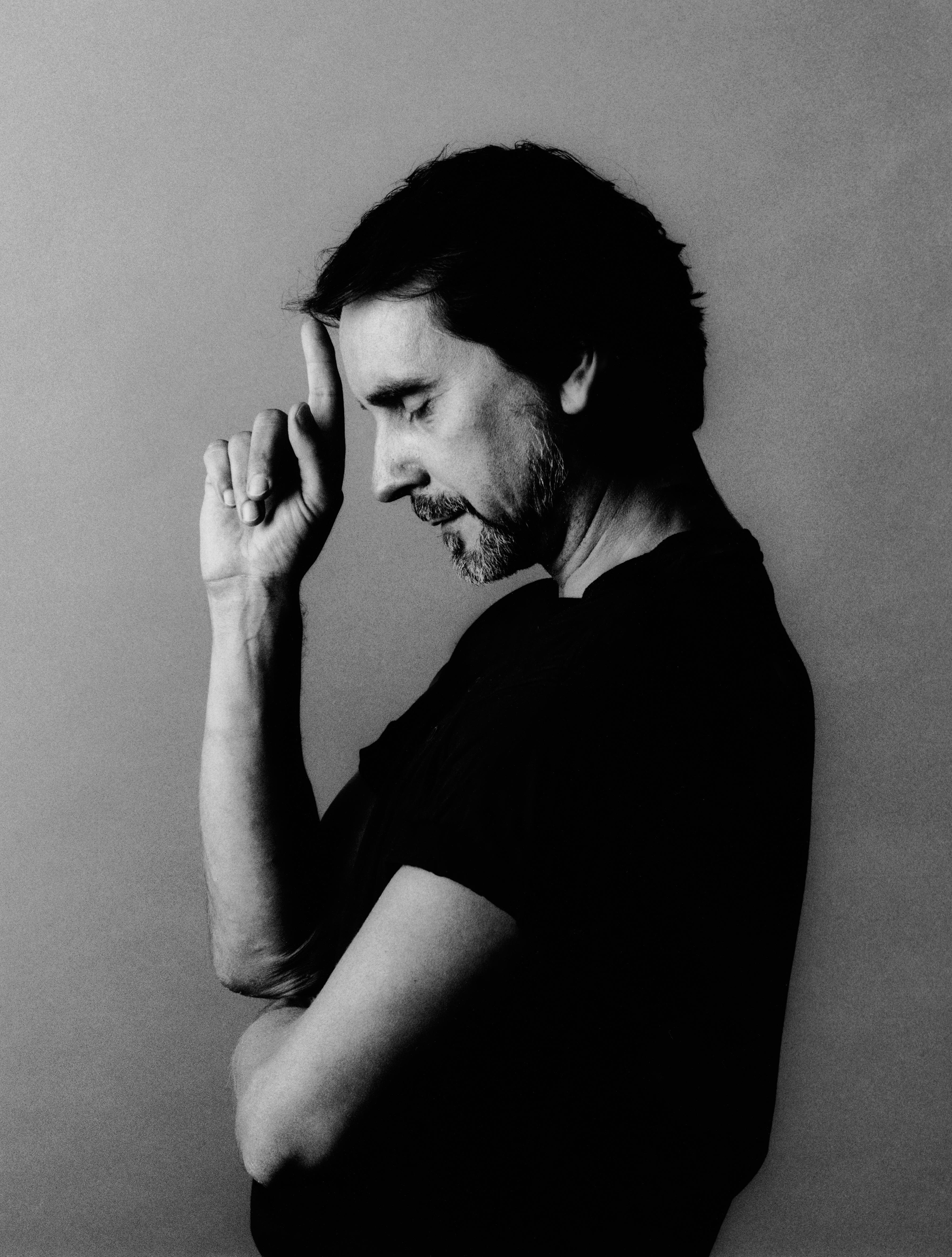Jiří Kylián

Jiří Kylián was born in Prague in 1947. He received his early training at the School of the National Theatre and the Prague Conservatory. In 1967, at the age of 20, he moved to London to complete his dance studies at the Royal Ballet School. It was there that he caught the attention of John Cranko, who invited the young Czech to join the Stuttgart Ballet. Initially engaged as a dancer, Kylián soon began choreographing, showing his first works at the Noverre Society’s matinee performances before creating pieces for the main company.
During his formative years in Stuttgart, he worked closely with choreographers such as Cranko, Kenneth MacMillan, and Glen Tetley. He also began collaborating with dancers like Marcia Haydée, Egon Madsen, and Richard Cragun – and a young corps de ballet member named Sabine Kupferberg, who would become his lifelong artistic partner.
In 1975, Kylián joined Nederlands Dans Theater (NDT) as choreographer and co-artistic director. His reputation quickly spread, and in 1978, with works like Psalmensymphonie and Sinfonietta, he achieved his international breakthrough.
Kylián was not only instrumental in shaping his own artistic language – he also supported and nurtured a generation of choreographers. Mats Ek began as a dancer at NDT before creating important works there and later leading the Cullberg Ballet. William Forsythe danced in Kylián’s early pieces before being invited to the Netherlands, where Kylián commissioned him to create works such as Gänge, which introduced Forsythe to audiences in Frankfurt. In the late 1980s, Kylián invited Ohad Naharin to The Hague, setting in motion Naharin’s global rise and eventual leadership of the Batsheva Dance Company. He also played a formative role in the careers of Nacho Duato, Paul Lightfoot, Johan Inger, and many others – with Duato’s success leading to his directorship of Spain’s Compañía Nacional de Danza.
After 25 years at NDT – and more than 60 works created for the company – Kylián stepped down as artistic director. Under his leadership, NDT pioneered a unique model with three ensembles: NDT I, NDT II for emerging dancers, and NDT III for artists over 40, reflecting the full arc of a dancer’s career.
Throughout his life, Kylián has been honoured for his exceptional achievements as a choreographer, leader, and artist of profound influence. His nearly 100 works are part of the repertoire of major companies across the globe. Although he officially left his position as house choreographer in 2009, his artistic legacy continues to shape NDT to this day.
His accolades include the Royal Dutch Order of Orange-Nassau (1995), an honorary doctorate from Juilliard, the Archangel Award (Edinburgh International Festival, 2000), the Sir Laurence Olivier Award for Psalmensymphonie (London, 2000), Nijinsky Awards for Best Choreographer, Best Company, and Best Work (Monte Carlo, 2000), the Benois de la Danse, the Czech Republic’s Presidential Medal of Honour, the French Légion d’Honneur (2004), the Golden Lion for Lifetime Achievement (Venice Biennale, 2008), the Dutch Order of Arts and Science (2008), the VSCD Dance Award Zwaan for Best Production and Lifetime Achievement (2008), the Prix Italia (2009), and the Czech Medal of Merit for Dance and Theatre (2011).